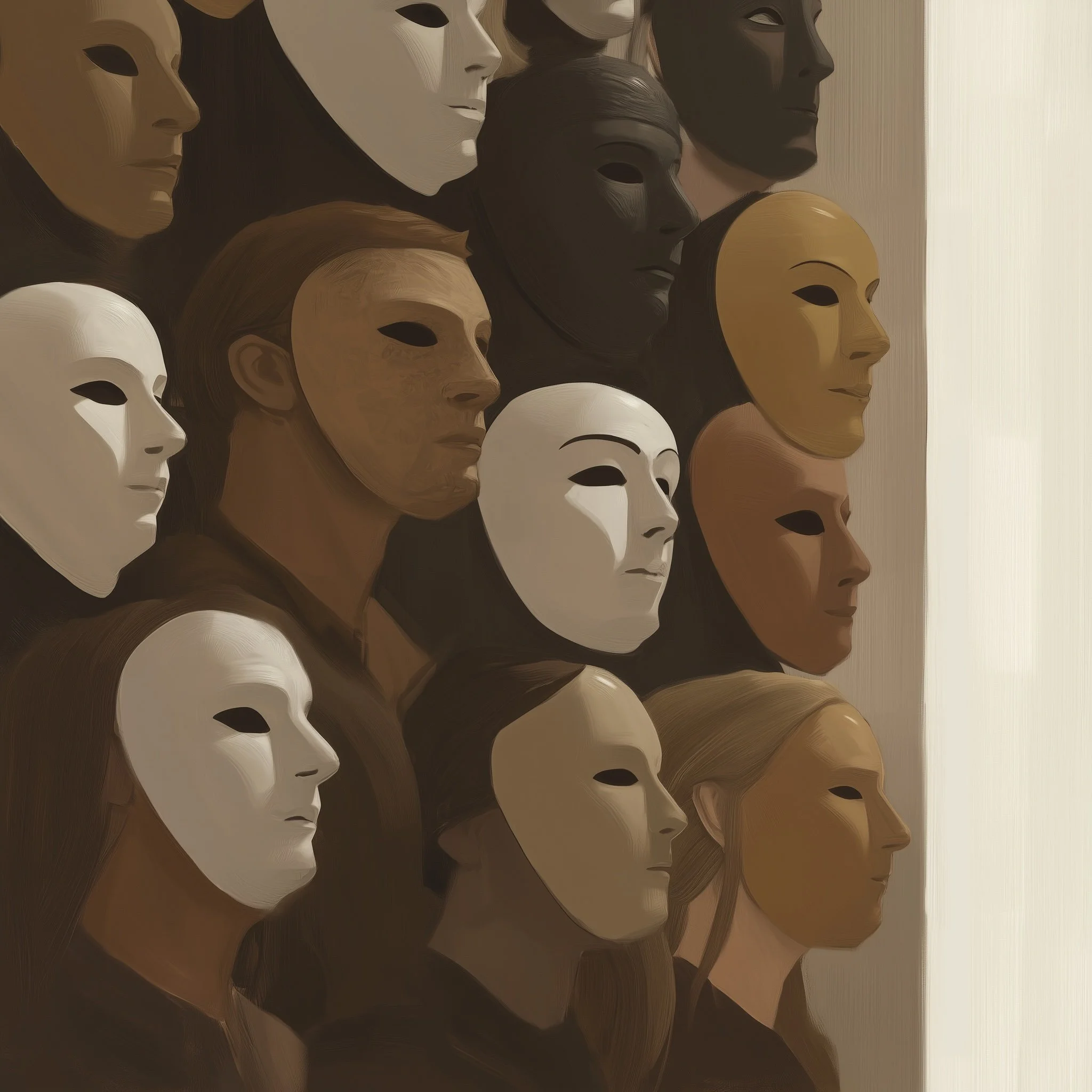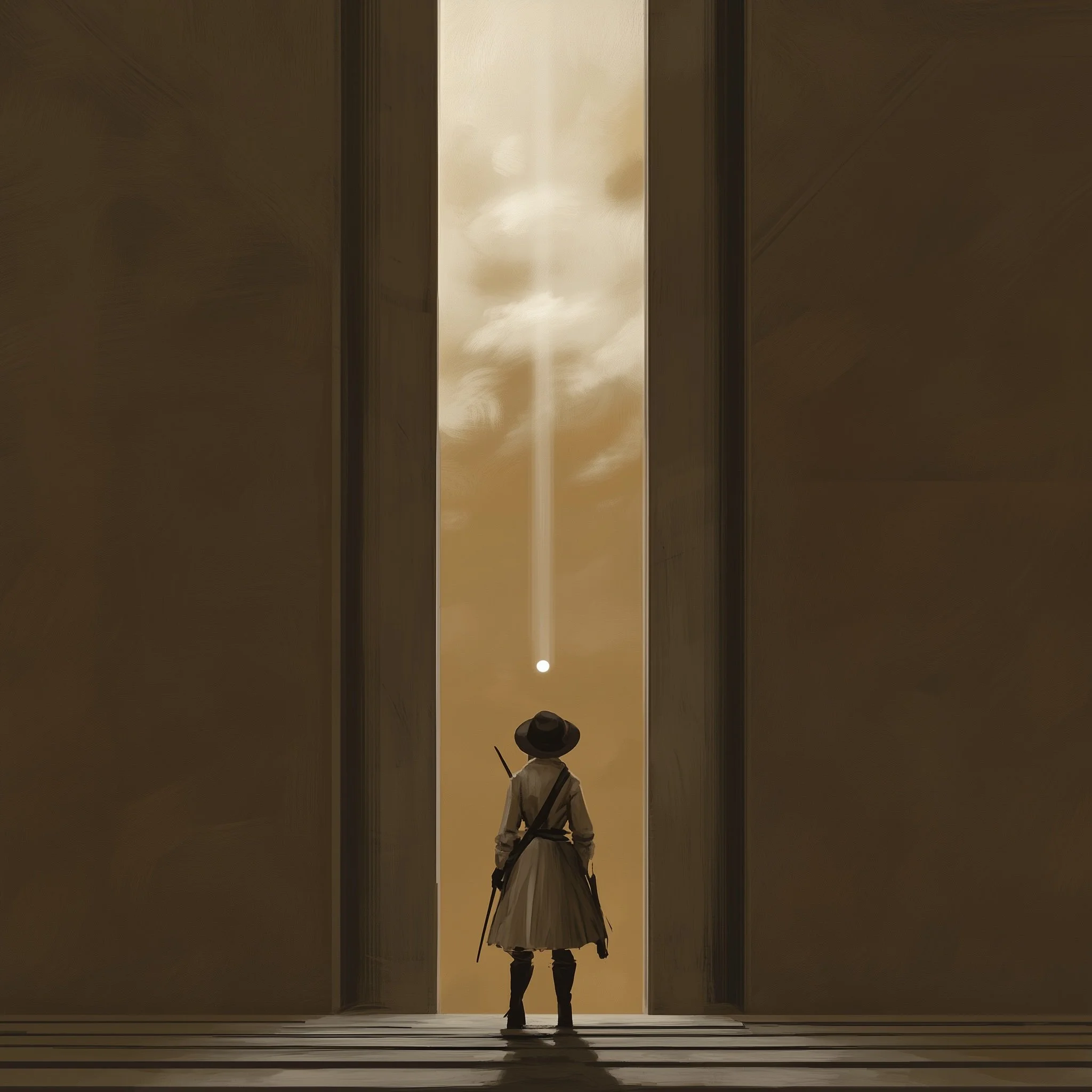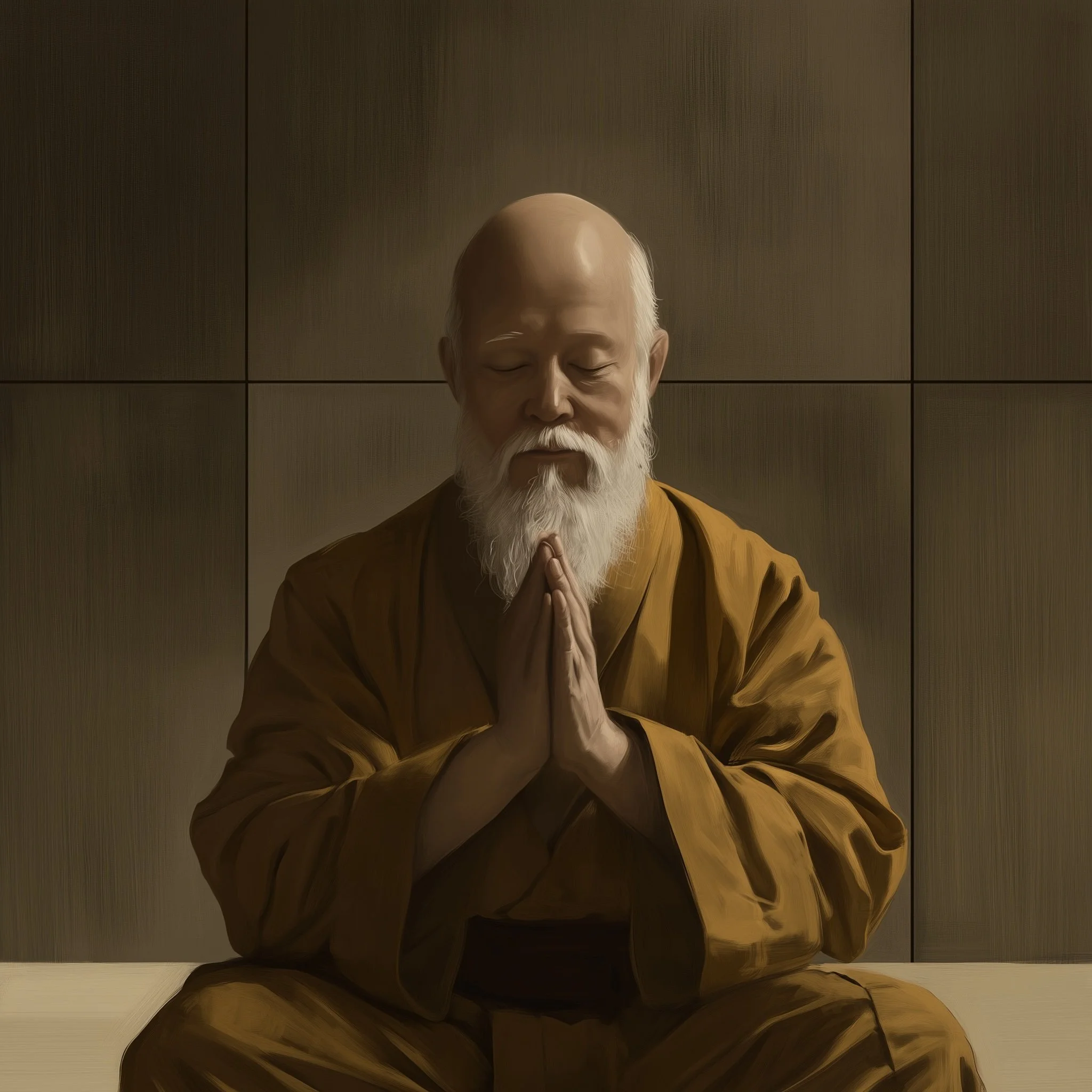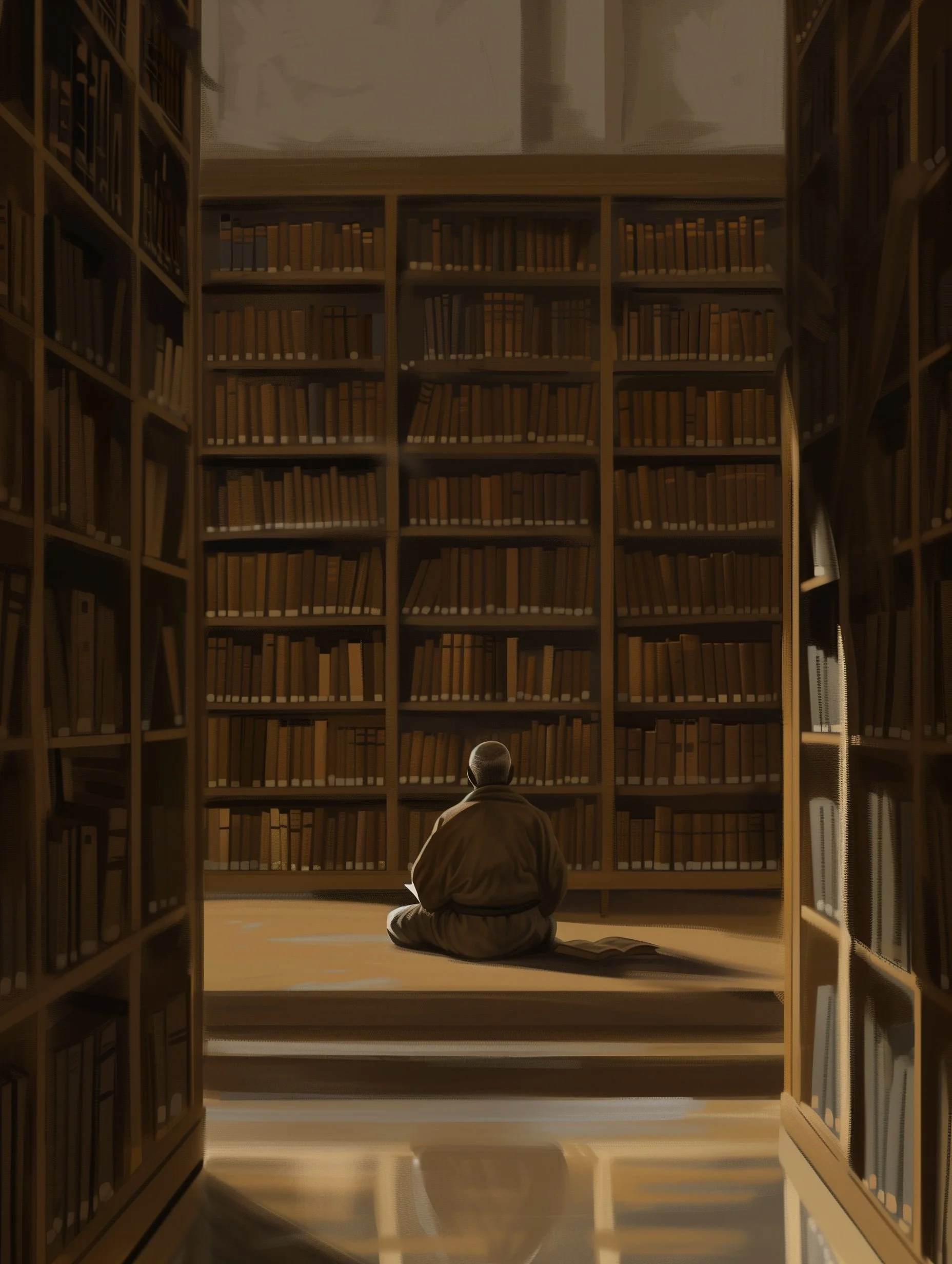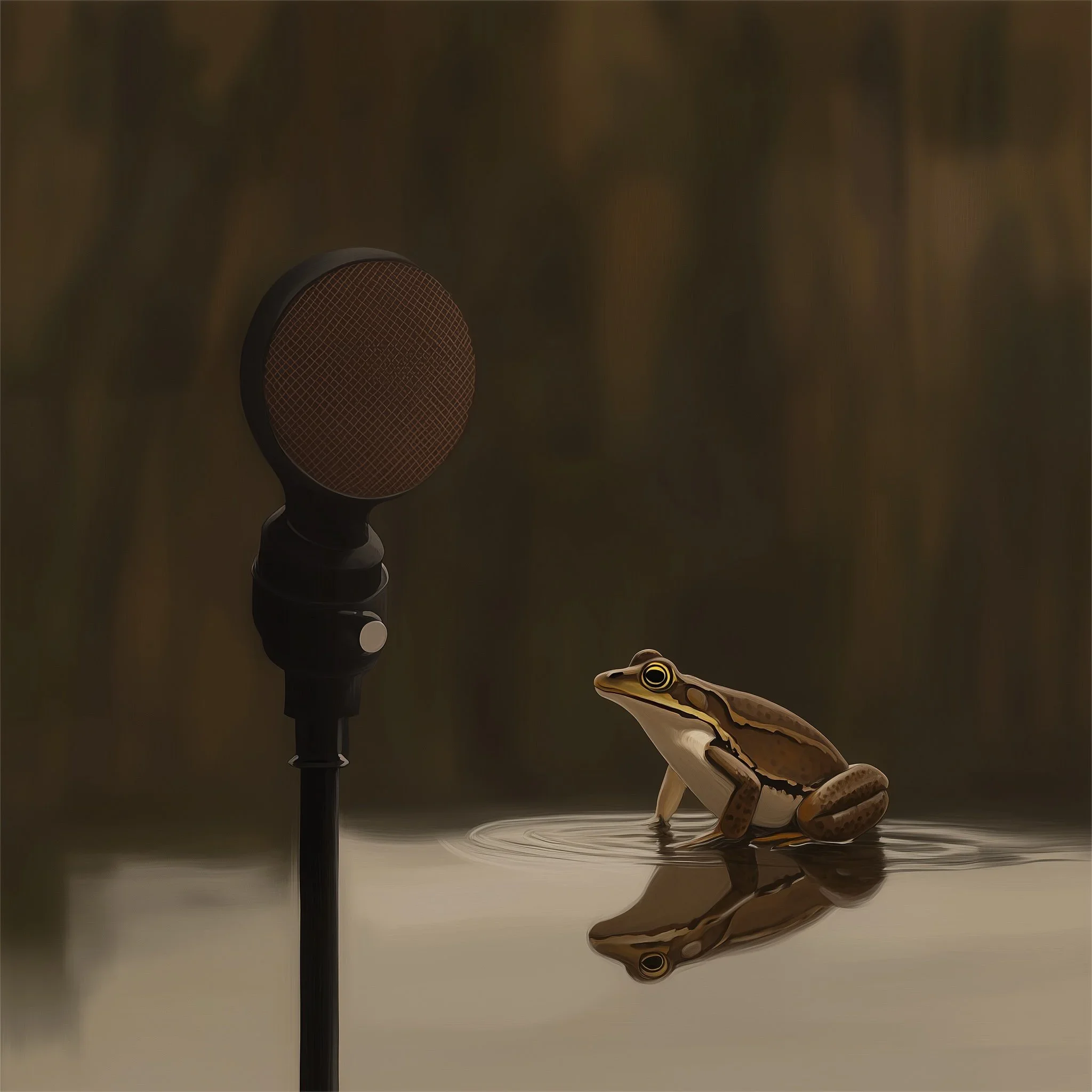THE DREAMER PROJECT
Dreamer Project Philosophy
An exploration, not an “ism.” Not a movement, not a doctrine. A set of questions practiced in perception — open to anyone.
Last updated: September 10, 2025ORIENTATION
Why Philosophy, but Not a System?
The Dreamer Project isn’t here to add another “school of thought” or to recruit followers into a movement. It is a creative experiment—an invitation to try what shifts when you live as if consciousness comes first. The philosophy here is a working one: useful only if it helps you practice with your own mind, not believe mine.
“I am not a trained philosopher; I’ve been an artist, designer, and entrepreneur. Here, I’m simply exploring perception in real time.”
Exploration
—not explanation.
Practice
—not proclamation.
INQUIRY
Questions at the Edge
This approach doesn’t begin with answers—it begins with creative experiments. A few of the live questions under study:
If consciousness is fundamental, and all is One Mind—what am I, really?
If we are the Dreamer of self, cosmos, and reality—what becomes of “others”?
If mind came first, then what is the physical—and can we be both?
If the world is an illusion, can we still live in it, make meaning, and find joy?
These are not rhetorical questions; they are working premises explored through practice. The exercises of the Dreamer Project—like the Four Cs or Piece of Mind—exist to help you try them for yourself.
TENSION
The Tester’s Dichotomy
Through testing, a dichotomy shows itself. On one side: philosophy, which can guide practice. For me, that philosophy looks like Stoic Idealism: the posture of Stoicism—resilience, virtue, equanimity—combined with the premise of Idealism—that the world itself is mind-made. This blend offers one way of living sanely while exploring perception toward Oneness.
On the other side: the recognition that philosophy itself dissolves. The ultimate “finding” is not a concept, but undifferentiated loving awareness—a form of experience that philosophy can point toward but never capture. We practice with our head, but we recognize with the heart. We rehearse with concepts, but rest in what cannot be described.
For a deeper dive, see the expanded journal annotations at the bottom of the page.
Philosophy steadies the compass. Oneness dissolves the map.
WHAT WE’RE TESTING
If → Then Premises for a Consciousness-First Reality
These are plain-English premises that explain why the Dreamer Project runs its exercises the way it does. Each line is a simple if → then: a claim you can try in perception, not a belief to defend. They’re provisional and evolve with what we notice.
Last updated: Sept 10, 2025
Ontology — What Reality Is
Primacy of Experience — If experience is fundamental, then “physical laws” are models of regularities in experience, not ultimate causes.
Pre-Spacetime Experience — If experience conceptually precedes spacetime, then cosmology is a story within experience, not outside it.
Constructed World — If perception is a generative model, then “waking up” is updating the model; illusions lose their grip.
Phenomenal Events — If birth, illness, and death are phenomenal constructions, then their sting shifts as identification loosens.
Category Difference — If subjective and objective are different kinds of description, then a 3-D universe is a sandbox for contrast, not a final address.
Interface World — If senses function like an interface, then the world is a neutral tool for meaning, not a moral judge.
Identity — Who/What We Are
Shared Subject — If the subject of experience is unitary, then persons are perspectives of one observer.
One Mind, Many Masks — If self-models can partition, then “different me’s” are modes; authorship remains shared.
Unbounded Identity — If identity is awareness rather than role, then stories and histories are provisional.
Forgetting/Remembering — If separation is learned, then reminding another restores the same memory in oneself.
Emotional & Ethical Consequences
Baseline Equanimity — If there is no real enemy, then peace is the default; reactivity signals misidentification.
Love as Recognition — Relationship is not two entities interacting but the One recognising itself.
Universal Innocence — If action unfolds within a dream-like model, then innocence holds even as accountability guides repair.
Irritation as Signal — If mind authors experience, then annoyance (from mosquito to meltdown) flags forgotten authorship.
Forgiveness as Model-Update — If offence is model-content, then guilt dissolves when authorship is remembered.
Prosocial Qualities Unlock — If identification softens, compassion and resilience tend to rise.
Suffering Reduction — If the above holds, everyday suffering tends to decrease as these skills stabilise.
Agency & Practice
Authorship Shift — If lucidity returns authorship, then living from mind-first outranks any external “win.”
Ego as Interface — If ego is a tool, then it can be repurposed—or set down—when it no longer serves.
Game Mechanics (Money & Hustle) — If economy is part of the rule-set, then freedom tracks lucidity, not accumulation.
Others as Mirror — If “the uninterested” trigger me, then they mirror my remaining dualism.
Agnostic Spirituality — If we’re the mind dreaming the cast, then liberation is mind-training, not pleading with an external god.
IMPLICATIONS & DIALOGUE
Where This Touches the World.
Developmental Milestone — If awakening reflects teachable skills (attention, equanimity, compassion), then culture should treat it like literacy and measure it like any other competency.
Curricular Mind-Science — If normalising this helps, then schools and orgs can run secular perception studios (short, repeatable practices in attention/identification) as core curriculum.
Network Effects — If source is shared, then stable shifts in one person should ripple—expect observable gains in group climate (trust, cooperation) where practice is routine.
Open Critique — If a mind-first view has bite, it should risk being wrong; welcome materialist counter-arguments and specify falsifiers (e.g., no drop in reactivity after training).
Language Bridge — If adoption matters, then prefer secular terms—attention training, perception studies, interface model—over metaphysical claims in public settings.
EXPANSION
The Ongoing Exploration
This inquiry doesn’t end on the page. The Dreamer Project looks outward—to philosophy, spirituality, religion, science, education, design, technology, and the future of society. Each offers a lens on what might happen if humanity awakens to a consciousness-first reality.
The work continues across essays, the YouTube channel, and public explorations. You’re invited to join, to question, to test. Nothing here is final; everything remains provisional—evolving and dissolving, like the dream it studies.
META NOTES
This page is a living document. Last updated: Sept 10, 2025
Updates in this version: Clearer orientation (experiment > belief), added Tester’s Dichotomy (Stoic Idealism), expanded If→Then Premises, added implications/expansion, and streamlined narrative flow.
Philosophy is only scaffolding until you test it yourself. Ready to try? →
BLOG / ESSAYS
Journal Annotations.
Where side notes become shared reflections.
Each annotation expands on themes touched here — from consciousness-first principles to the Dreamer’s Compass. They’re marginalia in the experiment’s notebook: occasional, interpretive, and meant to spark further thought rather than offer conclusions.
Browse Journal Annotations →



